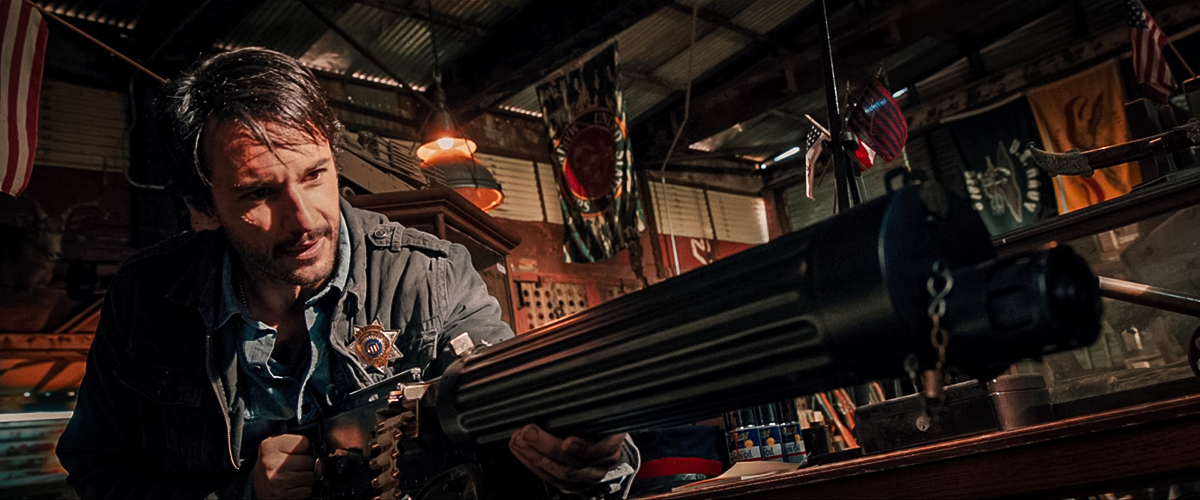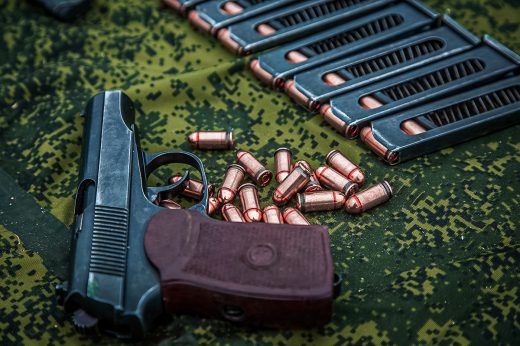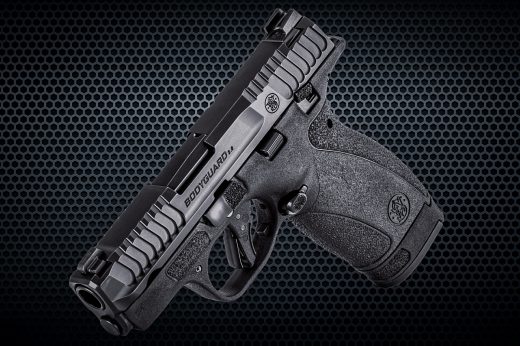There’s a piece of firearms lore involving one of the most respected and used machine guns in history, the Vickers machine gun, that’s almost too fantastic to believe — but apparently, it did happen, and that’s why we’re talking about it now.
So the story goes, in 1963, a bunch of armorers with the British Army decided to beat the living hell out of an old WWI-era Vickers because they had 5 million rounds of Mk VII ammo that had to be disposed of because it no longer met military specs.
Before you ask, this is Britain during The Troubles, so it’s fair to assume the British military didn’t want to sell 5 million rounds of machine gun ammo to the general public as surplus.
This is the part where I tell you to take this story with a tiny grain of salt for the moment because some of it sounds absolutely ridiculous; some of the numbers are reported differently in different places online, but there is evidence this shit really did happen — stay with me.
So, a bunch of young soldiers back in ‘63 had 5 million rounds and a rebuilt WWI Vickers, so naturally, they started firing. What better way to dispose of ammo?
They fire all 5 million rounds over the course of seven days, working in pairs and switching off every 30 minutes. As two men fed and fired the gun, a third shoveled spent brass.
This is where it gets a little dodgy. You may ask, how would even the mighty Vickers get through that many rounds on one barrel? Apparently, they changed the barrel every hour and a half.

Maybe they had a few crates of out-of-spec Vickers barrels that had to be disposed of as well. That was sarcastic, but it is possible. By 1963 it was an old gun, and there literally could have been a warehouse of parts sitting there since WWII that nobody cared about.
Once the last belt of the obsolete Mk VII ammo had been fired, the pre-1920 gun was taken to the shop, disassembled, and found to be in working condition.
Legendary.
Of course, there are questions. Did they take breaks? Did they lube or clean the gun (they must have), and how often? Did they shoot through the night, and how did at least five soldiers get a spare seven days to do nothing but shoot a machine gun and waste barrels?
RELATED – Hiram Maxim: The Right Place, Right Time, Right Gun to Change History
The Vickers Test: What to Believe

So, did it really even happen?
If you poke around on Google, you will find a lot of sites that repeat the story, at least in part or extremely abbreviated, and link to the Wikipedia page for the Vickers, which says this:
“One account states that a Vickers fired just under 5 million rounds in a week as a test in 1963 at Strensall Barracks and was still operable.”
That statement is cited as coming from a book about the Vickers machine gun entitled The Grand Old Lady of No Man’s Land, by Dolph L. Goldsmith (Ch.7, page 188). And it’s that simple statement that most websites cite when repeating this gun-nerd yarn.

“The story gained traction when published in Dolph Goldsmith’s seminal work on the Vickers. However, it may not be as cut and dried as we thought,” said T. Logan Metesh, frequent Free Range American contributor, firearm historian, and co-host of the No Lowballers podcast (yeah, it’s about guns).
“Originally, it was said that the gun fired 7 million rounds — not 5 million — so who knows what the real number was,” he said. “Plus, it may have been a WWII-era gun and not a WWI-era gun. Still, impressive all around if it did indeed happen the way we’re led to believe it did.”
The people who know Vickers’ history best say this did indeed happen, and if any gun could pull it off, it was the Vickers, whether it was 5 or 7 million rounds.
RELATED – The Maxims: One Family Invented the Machine Gun and the Suppressor
The Vickers Machine Gun: “It never broke down; it just kept on firing…”

The belt-fed, water-cooled Vickers was one of the very first true machine guns. It was adopted directly from the Maxim gun, which was the first successful fully automatic machine gun, and featured a host of refinements.
The Vickers company bought Maxim in 1896 and improved on the design through simplification of a number of parts, including the action, and substituting high-strength alloys for weak components, which made the gun more reliable and lighter.
Like the Maxim, it still required a water-filled jacket on the barrel, which was connected by a hose to a water tank to keep the barrel from overheating.
Now, to be clear, the Vickers is a heavy machine gun. In combat, it was operated by a six- to eight-man crew to keep it fed and firing and to move it and its mount when necessary. But once it was set up, it just ran and helped to create the infamous No-Man’s Land.
In 1912, the gun, chambered in the powerful .303 British, became Britain’s primary heavy machine gun used by the Machine Gun Corps, while the Lewis Gun was issued to infantry units as a light machine gun.
The Vickers was also widely used in aircraft during WWI, but since the altitude meant low temperatures and the barrels were usually sticking out of the plane anyway, the water-cooling system was ditched. The barrel sleeve was retained, as it kept the hot barrel from burning the plane. Crews would cut slots in the sleeve, essentially turning it into an air cooled Vickers.
There was talk of replacing the machine gun before the Second World War began, but Britain stuck with the Vickers, and it remained in service until 1968.
Unlike many early machine guns of its era, the Vickers had an excellent reputation for reliability and ruggedness.

A famous story from WWI tells of the British 100th Company of the Machine Gun Corps that used 10 Vickers guns to deliver a stunning 12 hours of sustained fire on enemy positions. They went through a million rounds with no failures (which is also a bit testament to British ammo QC at the time).
“It was this absolute foolproof reliability which endeared the Vickers to every British soldier who ever fired one. It never broke down; it just kept on firing and came back for more,” says Weapons & War Machines by Ian V. Hogg and John Batchelor.
Like the American Ma-Deuce (M2 Browning), the Vickers is the British version of the utterly stalwart heavy machine gun that served far longer than anyone could have imagined. But the M2 is still in service — just sayin’.
READ NEXT – Browning Hi-Power Reborn: How 3 New, Updated Versions Stack Up










Comments